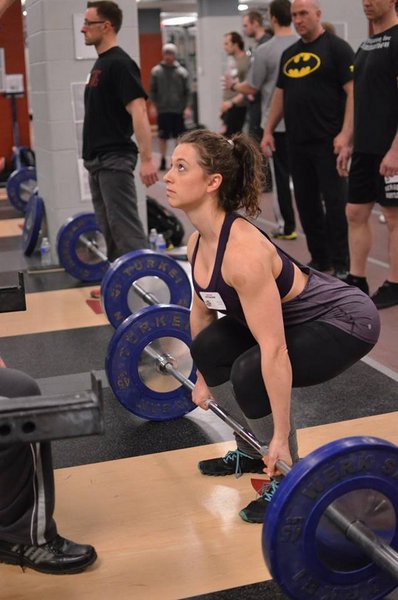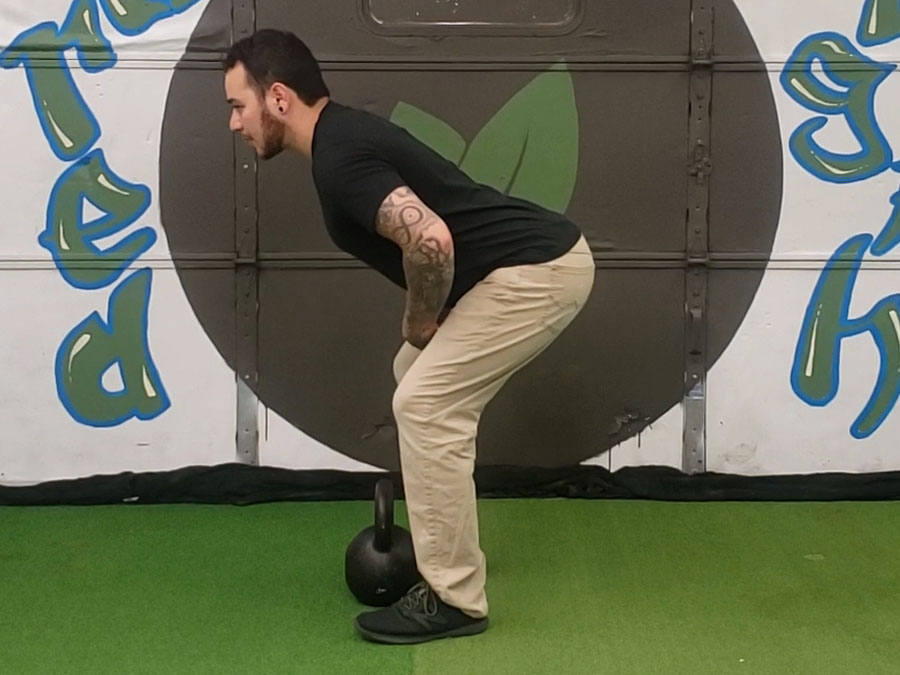
When teaching a client how to deadlift, we must first help them master the hip hinge. Often when we begin to teach someone how to hinge we use the following cues: “keep a slight bend in the knees, push your hips back, keep your back straight, pack the shoulders, push your hips forward and stand tall…”
These cues are effective, but when someone has never done a hip hinge before, all these words may be too overwhelming.
When we’re working with a client, we always want to make sure that they are not confused. We want to make our instructions as clear as possible so that they are set up for success.
Start by teaching your client a tall & tight position.
Tall & Tight
- This position begins standing with feet shoulder width apart. Then, instruct your client to pull their hips slightly forward. Tell them to imagine pulling their belt buckle to their chin.
- Next teach the tight position. This begins by tucking the ribs down and pinching the shoulders back.
- The tall & tight position teaches how to maintain a neutral spine while maintaining tension in the core.
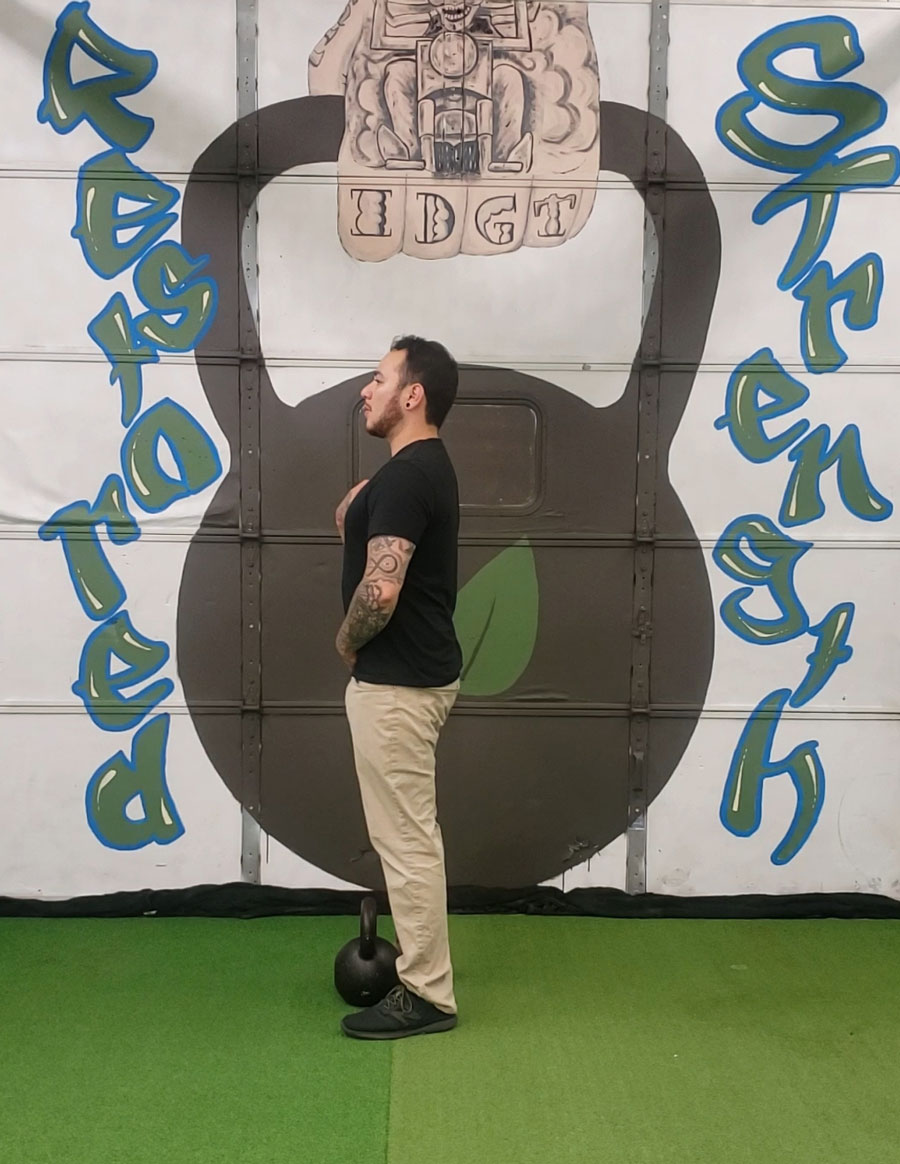
Reach Your Hips Back
Next we are going to teach our client how to reach their hips back. “Begin with a slight bend in the knees. Reach your hips back by trying to touch your butt towards the wall behind you, while keeping the tall and tight position.” These instructions can get complicated quickly, so I use the following cues instead:
- I begin by helping people understand this movement by instructing them to place their fists on their hips.
- Then I tell them to imagine their body is a can crusher—the upper body being the top half and the lower body being the bottom half of the machine.
- Next, I ask them to reach their hips back and “crush their cans.”
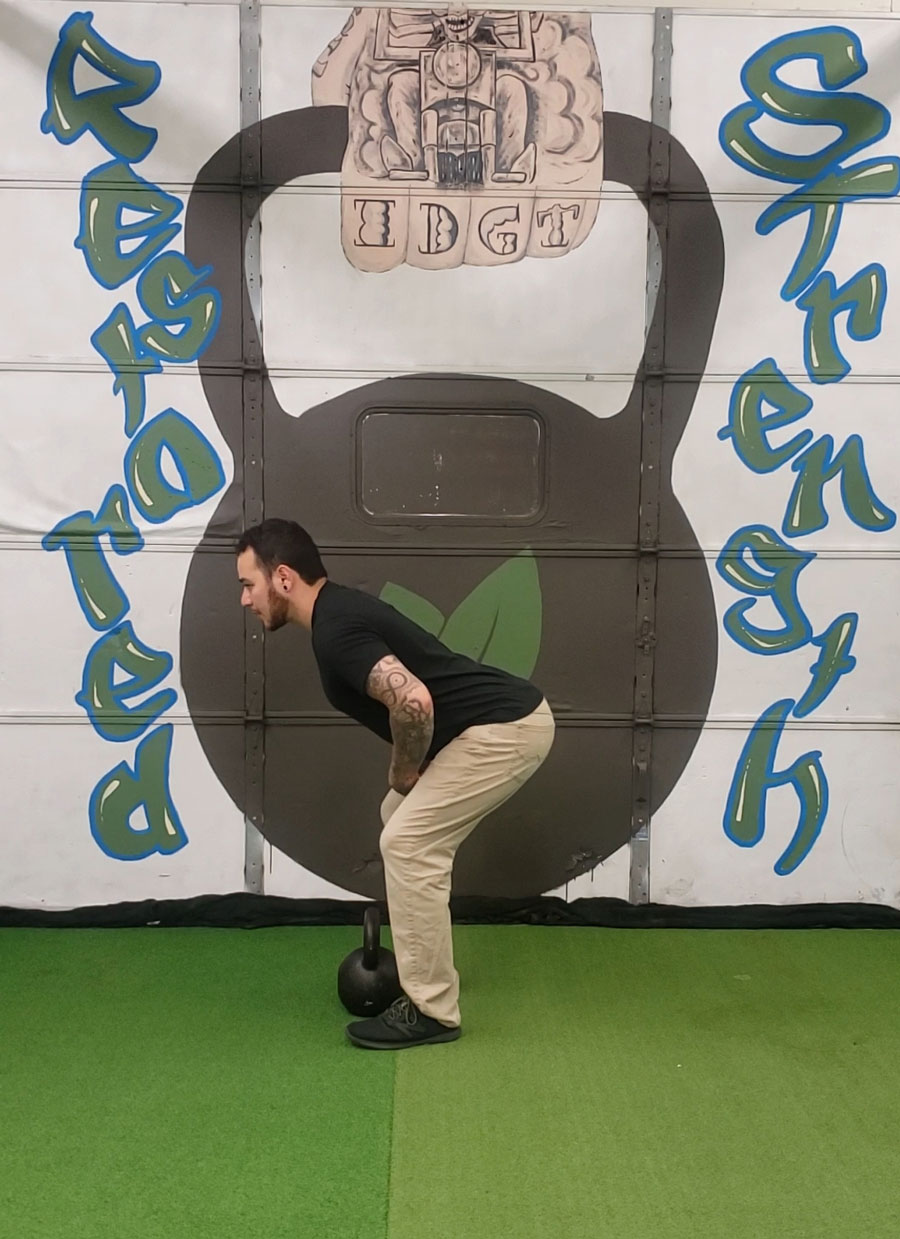
Drive Through Your Hips
Lastly we will review “driving through the hips” to finish the exercise.
- While maintaining a tall and tight position, push through the hips to the starting position.
- Next, think about punching your feet into the ground, while thrusting your hips forward.
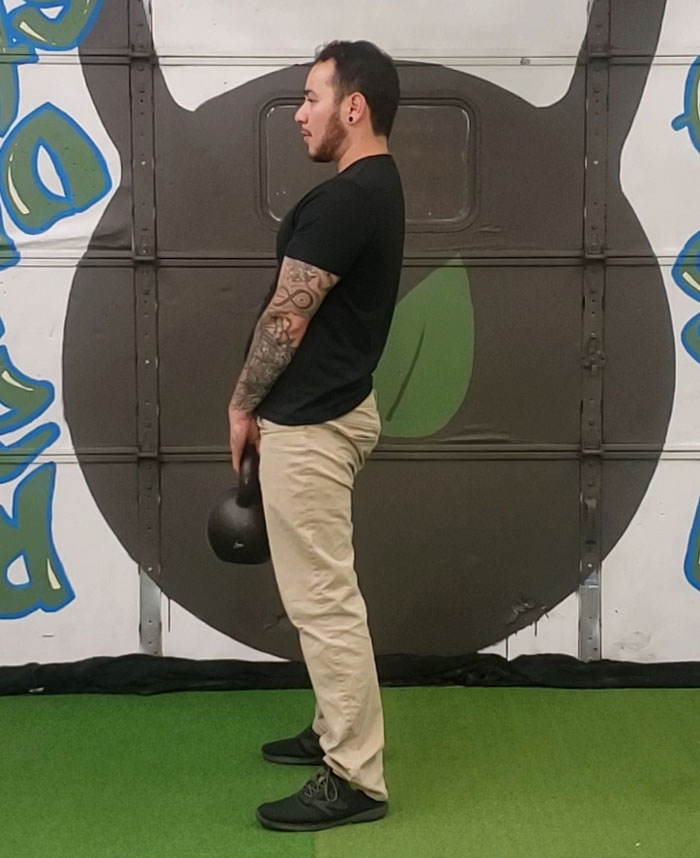
Once you’ve mastered this fundamental skill you can now progress to loading your client for a deadlift.
Just remember: tall & tight, reach your hips back, and drive through the hips.
****
William Sturgeon, RKC II trains clients at his gym, Restored Strength. Contact him through his website at RestoredStrength.com or follow him on Facebook: facebook.com/restoredstrength

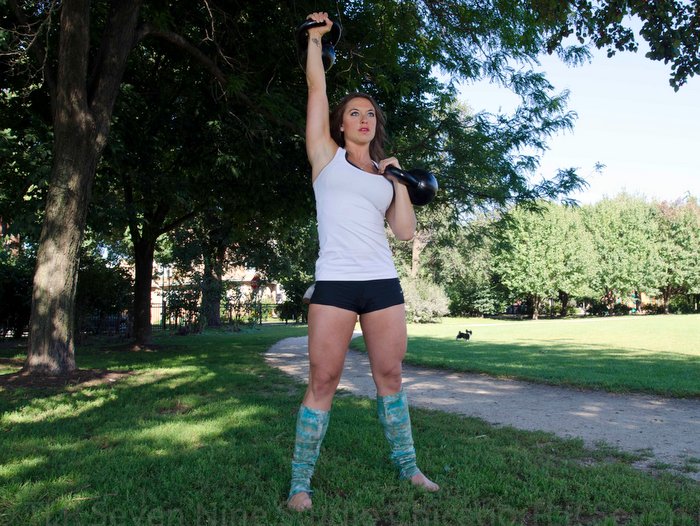
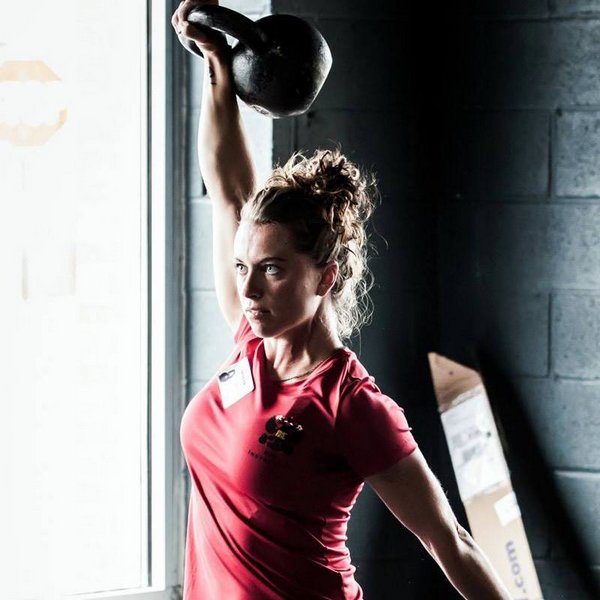 Max out:
Max out: